Graffiti is a form of visual communication that has been both loved and hated throughout history. It ranges from simple tag names to elaborate murals, and while some see it as a form of artistic expression, others view it as an act of vandalism. Despite the controversy, graffiti has played an important role in urban culture, activism, and the art world.
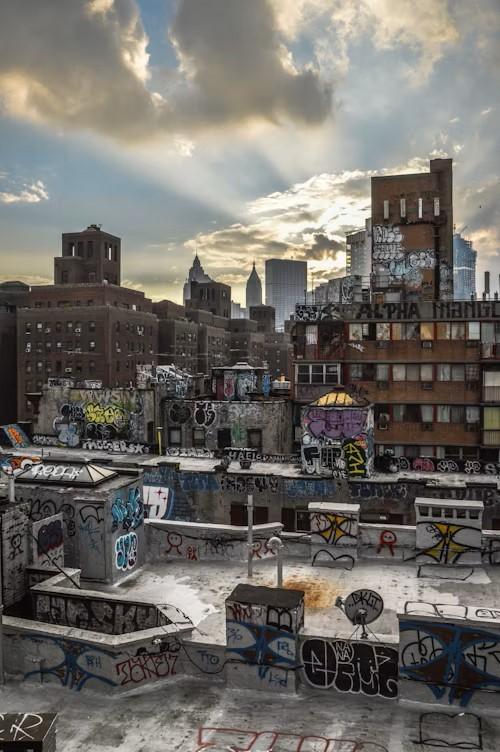
1. What Is Graffiti?
Graffiti refers to markings, drawings, or writings that are applied to surfaces, typically in public spaces, without the permission of the property owner. It is most commonly done with spray paint, but markers, stickers, and stencils are also used.
- Tagging is the simplest form of graffiti, usually just a name or signature.
- Street art is a more elaborate form, often involving large-scale murals or stenciled works.
2. History of Graffiti
- Ancient Origins: Graffiti has existed for thousands of years, with examples found in ancient Egypt, Greece, and Rome. These early markings were often scratched into walls, depicting personal messages or political statements.
- Modern Graffiti: In the 20th century, graffiti as we know it today began in New York City in the 1960s and 1970s, when young people started spraying their names (or "tags") on subway trains and buildings. This marked the beginning of the modern graffiti movement, influenced by hip-hop culture (Castleman, 1982).
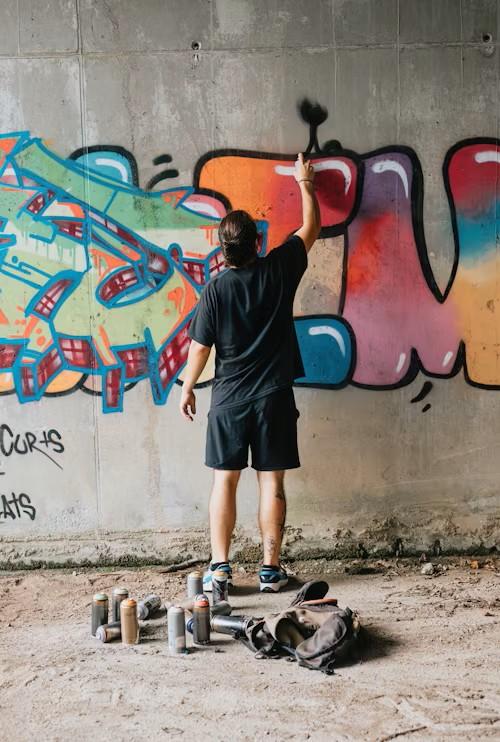
3. Graffiti as Art vs. Vandalism
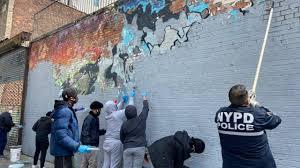
The debate over whether graffiti is art or vandalism continues today. Here are some key points on both sides:
Graffiti as Art
- Expression: Graffiti allows individuals to express themselves creatively in public spaces, often addressing social or political issues.
- Urban Art: Some graffiti artists, such as Banksy, have gained international fame for their thought-provoking and visually striking works, making graffiti a respected form of art in galleries and exhibitions (Schacter, 2008).
- Cultural Significance: Graffiti has been part of urban culture, influencing fashion, music, and political movements, particularly in marginalized communities (Ferrell, 1995).
Graffiti as Vandalism
- Illegal: Graffiti is often created on private property without permission, which makes it illegal in most places.
- Damage: Critics argue that graffiti can be damaging to buildings and public spaces, requiring costly cleanup efforts.
- Disrespect: Some people see graffiti as a form of disrespect to property owners and communities.
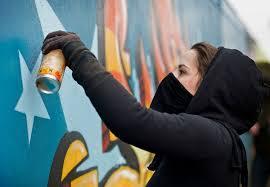
4. Graffiti and Social Movements
Graffiti has long been used as a tool for activism:
- Political Statements: Graffiti has been used to express dissent or political views. For example, Berlin's Wall was covered in graffiti during the Cold War, symbolizing resistance to oppression.
- Social Justice: In many urban areas, graffiti has been used to highlight issues such as racial inequality, poverty, and police brutality. The use of art in protest helps to communicate messages to a wide audience.
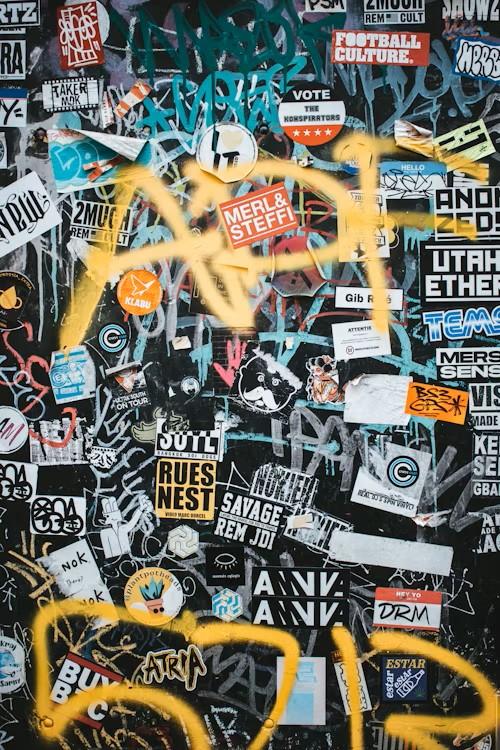
5. Graffiti and the Art World
While graffiti began as a form of underground expression, it has increasingly been embraced by the art world. Famous artists like Jean-Michel Basquiat and Keith Haring began their careers in graffiti before transitioning to more conventional forms of art (Cunningham, 2014). Today, graffiti-inspired works are displayed in major art galleries, and some pieces can sell for millions of dollars.
6. Graffiti Culture
Graffiti is closely tied to urban culture, especially in cities like New York, Los Angeles, and Paris. It reflects the creativity and frustration of urban youth. Graffiti writers often form tight-knit communities, sharing techniques and locations for creating their work.
- Subculture: Graffiti has a strong presence in hip-hop culture, where it is one of the four elements, alongside breakdancing, DJing, and rapping.
- Graffiti crews: Groups of artists often work together and develop a unique style, exchanging ideas and supporting one another.
7. The Future of Graffiti
As society’s views on graffiti evolve, so does the medium itself. Today, graffiti artists are often invited to create murals in public spaces, blurring the lines between vandalism and legitimate art. Additionally, the rise of digital graffiti and augmented reality art suggests that the future of graffiti may not just be confined to physical spaces.
Conclusion
Graffiti remains one of the most controversial forms of self-expression. Whether viewed as art or vandalism, it continues to be a powerful medium for communicating ideas and challenging societal norms. As its acceptance in mainstream art culture grows, so too does its influence on urban landscapes and social movements.
References
- Castleman, C. (1982). Getting Up: Subway Graffiti in New York. H.N. Abrams.
- Schacter, R. (2008). Street Art and Graffiti: A Look at Art in Public Spaces. Art Journal, 67(2), 22–29.
- Ferrell, J. (1995). Criminalizing the Cool: The Social Impact of Graffiti. Youth & Society, 27(3), 303–328.
- Cunningham, A. (2014). Jean-Michel Basquiat and the Legacy of Graffiti Art. Art History Review, 29(4), 45–61.
Leave a comment
Your email address will not be published. Required fields are marked *
